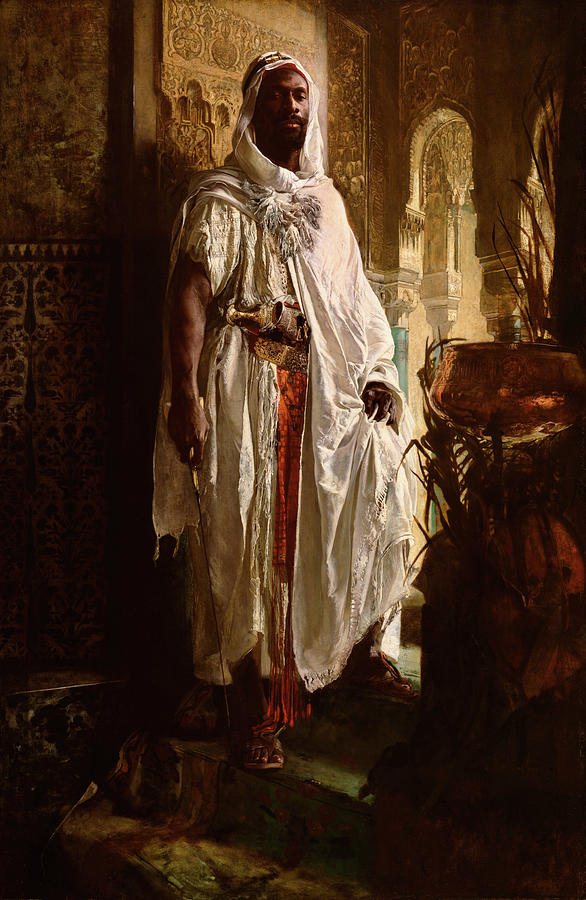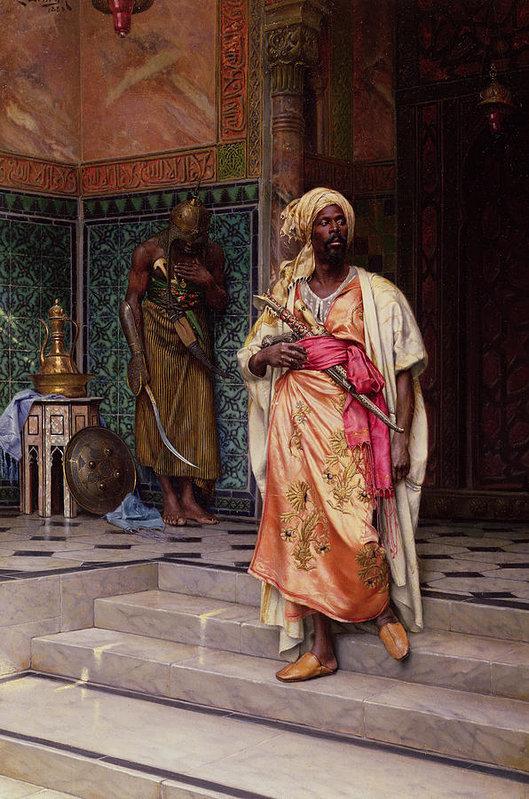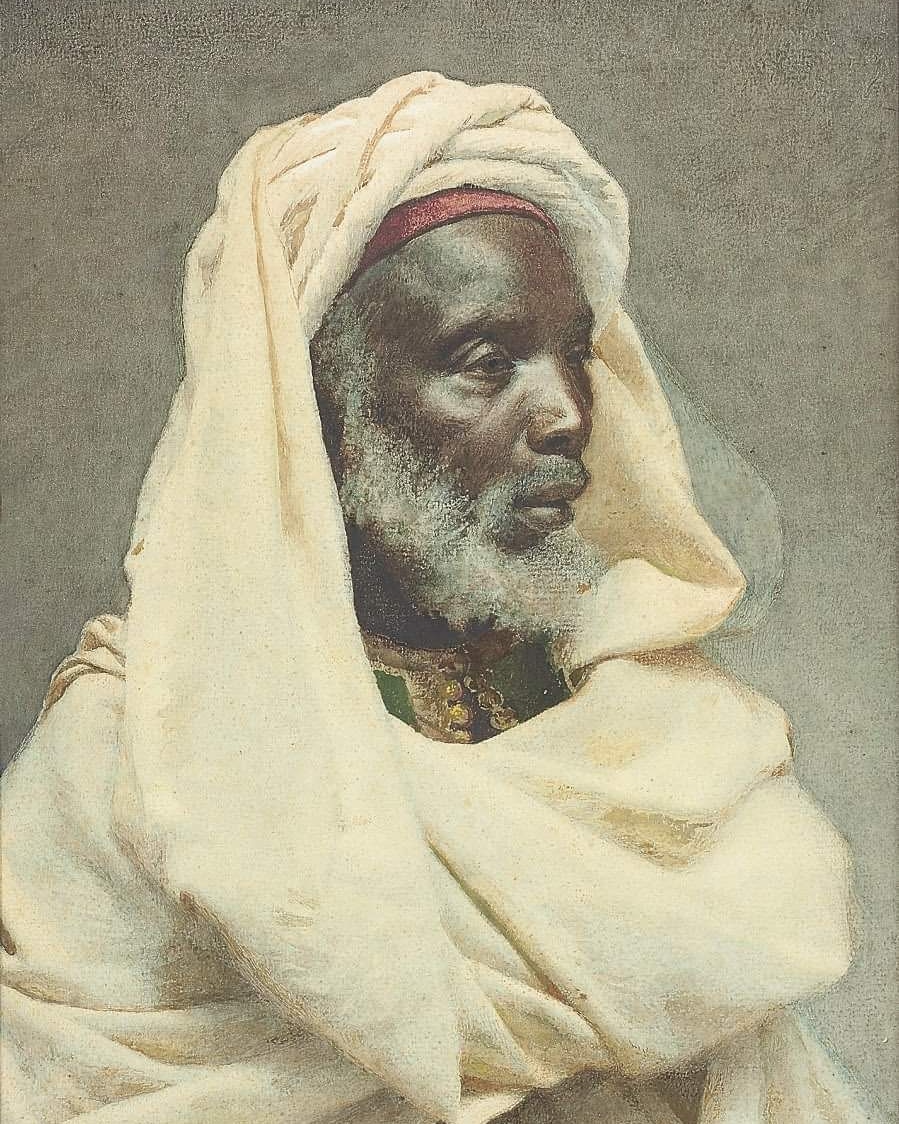Explore the forgotten history of Spain and southern France under Moorish rule, a time marked by Afro-Islamic influence. Discover the cultural, religious, and political legacy of the Moors and how these hidden stories shape our understanding of modern Europe.
European history is often recounted through the lens of the Renaissance, the Age of Discovery, or the religious wars, but there is a lesser-known yet fundamental period: the era when Spain and southern France were under Moorish rule, marked by a significant presence of dark-skinned populations. Let’s delve into this forgotten chapter of medieval Europe that profoundly shaped the face of these regions.
The arrival of the Moors, a socio-cultural revolution

In 711, a key date marks the beginning of a profound transformation: Tariq Ibn Ziyad, the governor of Tangier, landed in Spain with an army of 12,000 Moors. These conquerors from North Africa were not just soldiers; they were also bearers of a new culture, religion, and civilization. These “dark-skinned men,” as described by both Arab and European historiography, exercised control over much of the Iberian Peninsula and southern France.
Between 711 and 732, the Moors dominated Spain and advanced beyond the Pyrenees to conquer the Kingdom of the Franks, only to be halted at the Battle of Poitiers. However, they maintained control over territories such as Septimania (present-day Narbonne and Montpellier) until 759, and the traces of their presence persisted long after their departure.
An influence beyond religion

While historians often focus on the military aspects of this period, Moorish influence extended far beyond battles. Spain, as well as Sicily, Sardinia, Corsica, and other parts of Mediterranean Europe, experienced a rich cultural hybridization. This era saw the emergence of societies where Christians, Muslims, and Jews coexisted in a fragile balance, shaping vibrant cities, thriving trade exchanges, and a remarkable architectural diversity.
The flag of Corsica, featuring the head of a Moor, is an indelible symbol. The Moorish presence not only marked geography and urban planning but also the collective memory and local identities — a legacy often overlooked in mainstream historical narratives.
The Reconquista and “purity of blood” or the birth of modern Europe?

The rise of the Reconquista, which began as early as the 8th century from the Kingdom of Asturias, is often portrayed as a heroic Christian epic against Muslim invaders. Yet, this movement, which culminated in 1492 with the fall of Granada, also marks the beginning of a new era in Europe: that of “limpieza de sangre,” or purity of blood. This concept, crystallized after the complete reconquest, became a systematic tool of discrimination against “New Christians” — Jews and Muslims who converted — and more broadly against anyone suspected of non-Christian ancestry.
The expulsion of Muslims and Jews from Spain and the imposition of racial laws herald the shift into what we call the “Modern Era,” a period characterized by the invention of racism as we know it today and the onset of the transatlantic slave trade. The history of Southern Europe was then redefined by the gradual disappearance of its original ethnic and cultural diversity.
A memory to reinvest

The erasure of this Black and Muslim predominance in the history of Southern Europe is no accident. Indeed, it is closely tied to the construction of national narratives that have sidelined any otherness from the “greatness” of the West. It is essential to reintegrate these missing chapters into our history books to better understand the dynamics of power, culture, and identity that have shaped the modern world.
Today, as we face debates on diversity and historical memory, it is crucial to remember that Europe has not always been what we imagine it to be. It was shaped by a wealth of Afro-Islamic and Jewish influences, and by reinvesting in these hidden stories, we can hope to build a more inclusive future that is aware of its plural roots.
